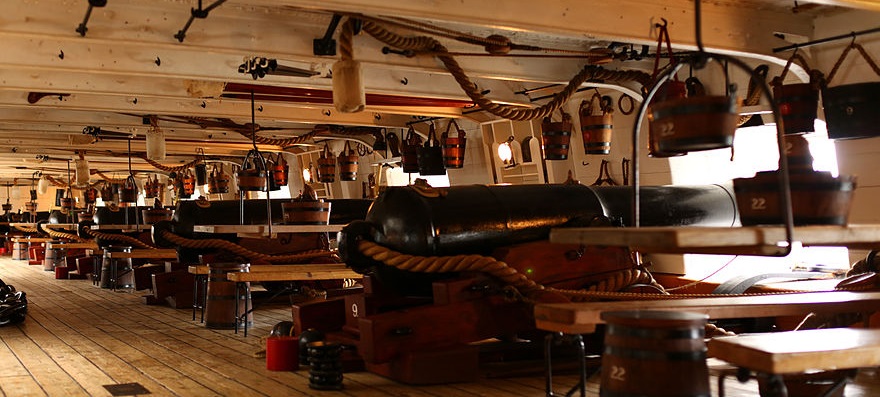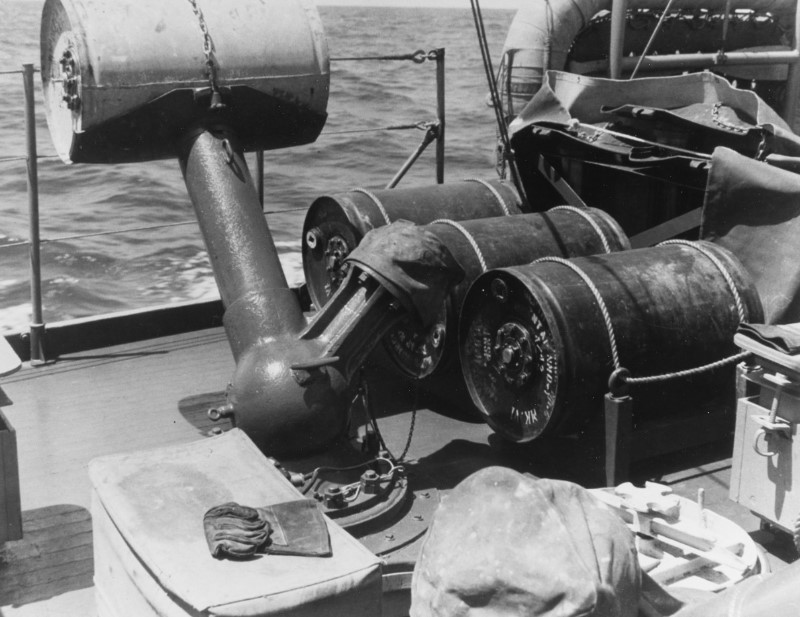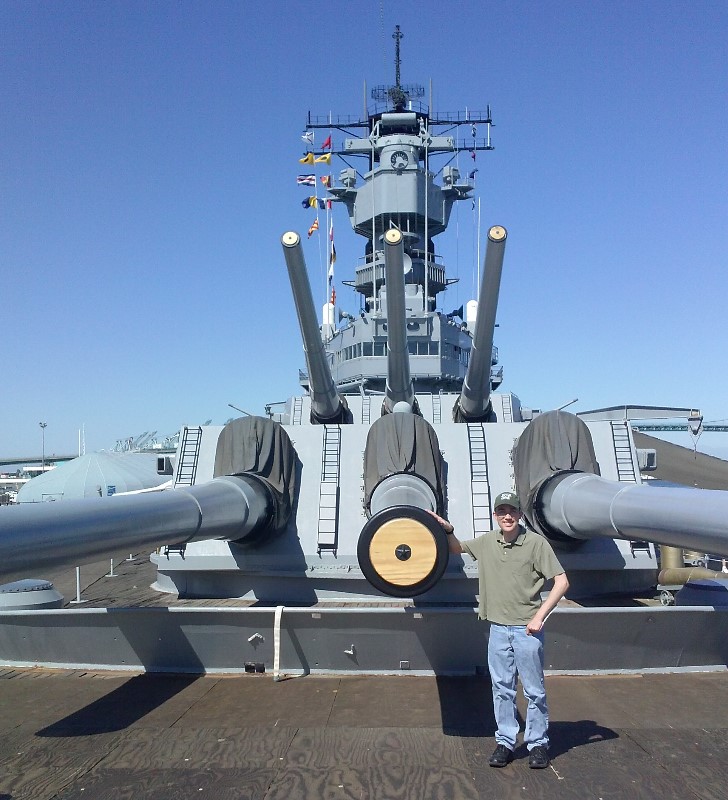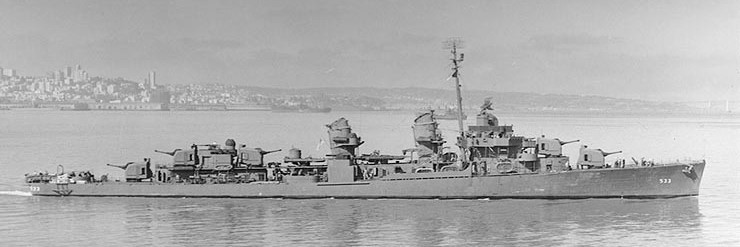I’ve decided to add reviews of the military museums I’ve visited over the years to the blog, as I believe the information will be of interest to readers. We’ll start with the Iowa. I promise that the information here is totally unbiased.
Type: Museum Battleship
Location: San Pedro, Los Angeles, California
Rating: 6/5, Absolutely Must See
Price: $24 for normal adults
Website
Iowa is the greatest ship ever built, preserved in San Pedro since 2012. She served in WWII, Korea, and in the 1980s. Her fantastic crew has worked very hard to make the visitor experience as good as possible. Visitors will be able to see the 16″ guns, officer’s quarters, the conning tower and bridge, 5″ mounts, CIWS, Tomahawk and Harpoon launchers, directors, and crew quarters, including berthing and messes. There’s a museum at the end of the tour, along with the gift shop, where guests are encouraged to spend more money to support the Iowa. On deck, there’s a Korean War HUP Retriever helicopter, as well as a motion simulator on the pier. My first visit took me about 90 minutes, and 2-2.5 hours is a pretty good estimate for a normal group. If you feel the need to get every single piece of information that’s offered, it will take somewhat longer. There’s a free audio tour app, which can be found by searching “Battleship Iowa” at the App or Play stores. It also works away from the ship, and includes some videos of spaces that are not on the normal tour route.
Read more...










Recent Comments